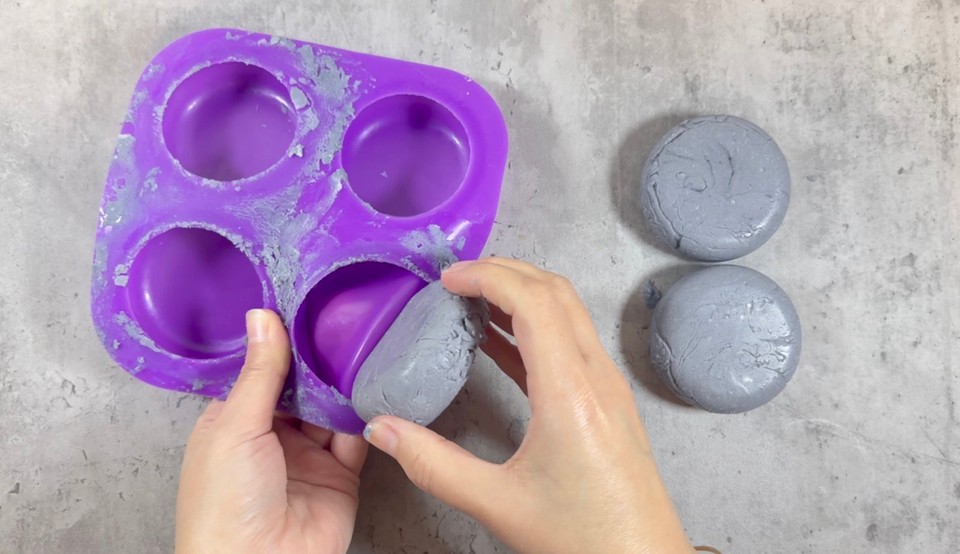Indigo Shampoo Bar
| Phase | Ingredient | Percent (%) | Weight (g) |
|---|---|---|---|
| Phase 1 | SCI | 50 | 100 |
| Sodium cocoyl glutamate | 17 | 34 | |
| Cocamidopropyl Betaine | 8 | 16 | |
| Cetyl alcohol | 6 | 12 | |
| BTMS50 | 5 | 10 | |
| Cocoa butter | 3 | 6 | |
| Stearic acid | 3.5 | 7 | |
| Phase 2 | Panthenol | 1 | 2 |
| Citric acid | 0.5 | 1 | |
| Indigo powder | 0.5 | 1 | |
| Fragrance oil | 1.5 | 3 | |
| Nettle leaves extract | 3 | 6 | |
| Preservative (cosgard) | 1 | 2 |
This recipe is for 200g, which makes two big shampoo bars or three medium size shampoo bars. You can use the calculator to change the amount.
This shampoo bar is loaded with moisturizing ingredients, which makes it perfect for damaged and dry dull hair.
If it's your first time making a shampoo bar, or you want to read more about solid shampoo bars, please check this post here.
I'm using Indigo powder to color this bar. If you don't have indigo powder, you can use mica cosmetics colors or swap it with blue pea powder (Clitoria Ternatea Flower Extract).
Indigo is obtained from the plant Indigofera tinctoria (a species of the bean family). Indigo powder is obtained from the crushed leaves of the plant.
Indigo can help balance the scalp's oiliness which helps with preventing dandruff and fungal infections on the scalp.
There are no known side effects to using indigo powder for the hair, But some people might be allergic to this ingredient. Therefore, if it's your first time using Indigo powder, you should do a patch test to ensure you have no allergic reaction.
You can help support my website and channel through the “buy me a coffee” page.
Here is the link: https://www.buymeacoffee.com/diycosmetica
Your support helps me keep sharing here more information and more formulas.

I'm using the method of heating all my butters, oils and surfactants.
This method will create a pourable batter that will harden after a few hours.
By melting the fatty acids, we can obtain a harder bar (the fatty acids in the surfactants will reform after cooling down and will harden the bar).
I'm using SCI (INCI: Sodium Cocoyl Isethionate) and Sodium cocoyl glutamate (a natural surfactant derived from coconut oil, corn and fruit sugars) for my surfactants.
Sodium cocoyl glutamate boots the lather and foaming of the shampoo bar.
You can combine other solid surfactants to create the shampoo bar, such as Disodium Cocoyl Glutamate, SLSA (INCI: Sodium Lauryl Sulfoacetate), Sodium Lauroyl Glutamate and Sodium Myristoyl Glutamate.
I combined a liquid surfactant to increase the foam and mildness of the shampoo bar. I use Cocamidopropyl Betaine as my liquid surfactant.
You can swap with other gentle liquid surfactants, such as Babassuamidopropyl Betaine, Coco Betaine or Sodium cocoyl apple amino acids.
Cocoa butter and stearic acid help nourish the hair, creating a hard bar with soothing abilities. You can swap the cocoa butter with kokum butter, and switch the stearic acid with berry wax, Myrica Fruit Wax or Cetearyl alcohol.
You can swap the panthenol with allantoin, but you must change the amounts. If using allantoin, use 1g for 200g total product, and add 1g of solid surfactant. Also, you will need to heat the allantoin in some water-based ingredients.
I would recommend changing the formula and using 1g of allantoin dissolved in 2g of glycerin (heat the glycerin with allantoin, and only after heating them for a few minutes at 65 degrees Celcius add them to the mixture); you need to reduce the amount of glycerin from the Nettle extract and use only 4g of Nettle extract in the recipe.
So the formula will be changed to 1g allantoin, 2g glycerin and 4g extract for 200g total product.
I use Nettle leaves extract here because Nettle leaves extract is known to help with increasing hair shine and restoring hair color.
If you wish to change the extract, you can use Aloe extract (Aloe Vera Extract), Bamboo shoot extract (Bambus Vulgaris Extract), Ginseng extract (Panax Ginseng Root Extract), green tea extract, Hibiscus extract, Horsetail extract, Licorice Root extract, or Malva Sylvestris (Mallow) Extract.

I use fragrance oil, but you can replace it with an essential oil such as lavender or eucalyptus. If you are using an essential oil, it is recommended to reduce the amount to 2g for a total of 200g of product (in this case, I would add the 1g that is reduced to the extract amount).
Essential oils are very potent and can cause scalp irritation when used in high percentages, which is why I would reduce the amount.
If you use a different type of preservative, make sure to use it according to the supplier's instructions.
Method:
- In a heat resistance container add the BTMS50, cocoa butter, stearic acid and cetyl alcohol.
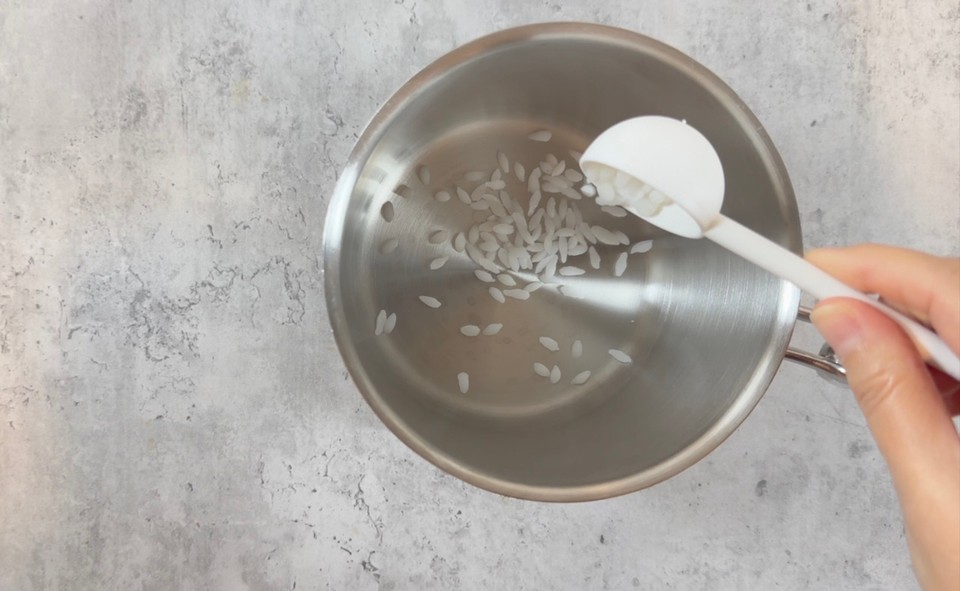
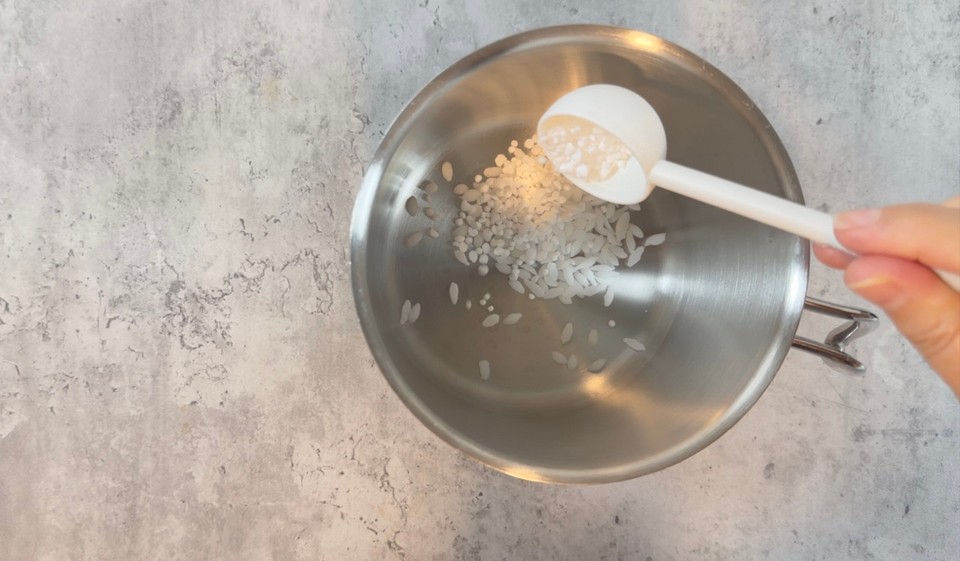
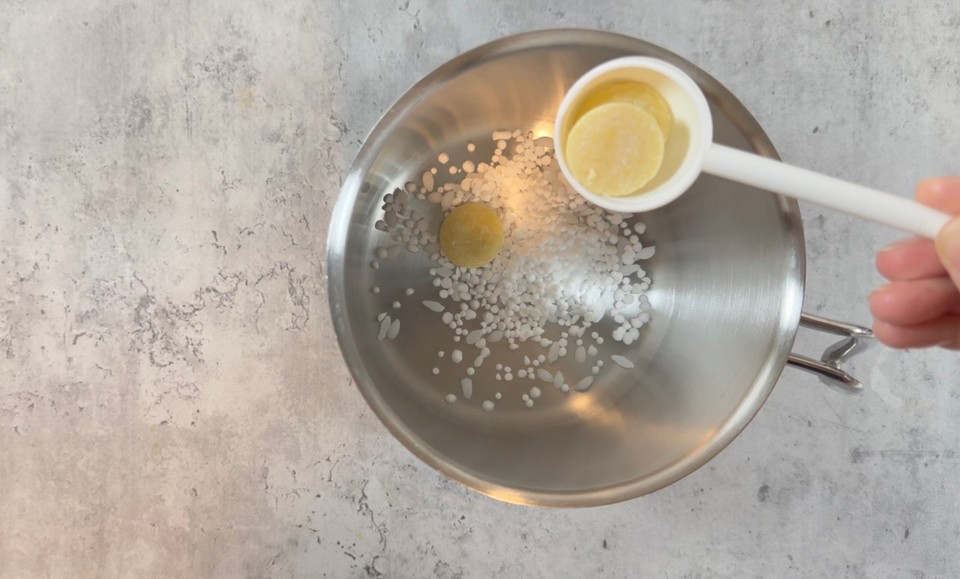

- Now, add the solid surfactants. Use a respiratory mask when adding solid powder surfactants.

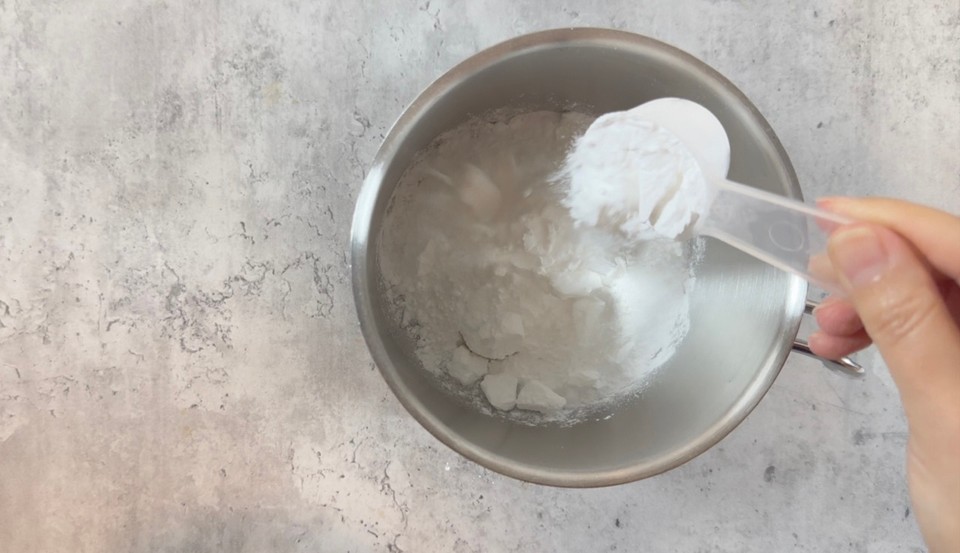
- Lastly, add the liquid surfactant and place the pot into a double boiler on medium heat for 15-20 minutes.
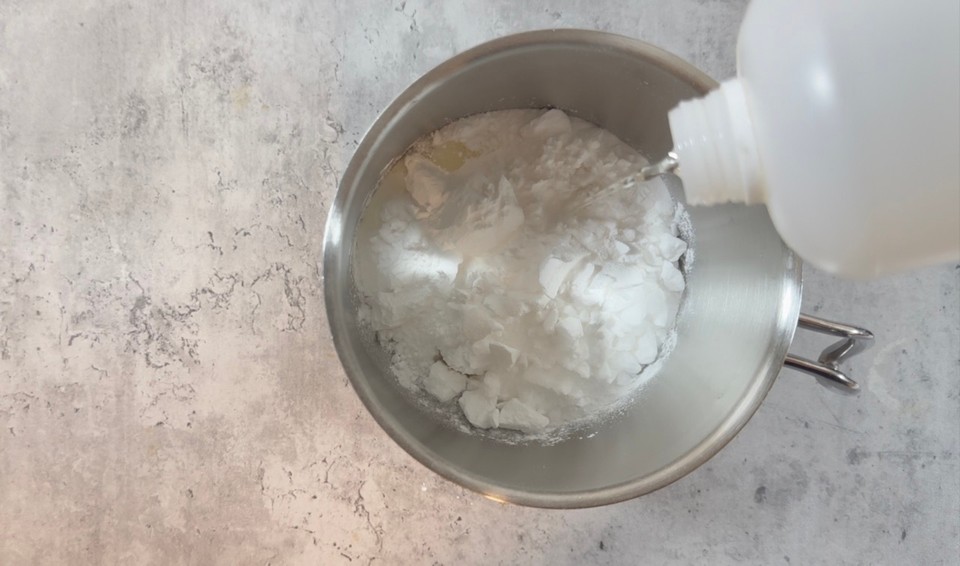
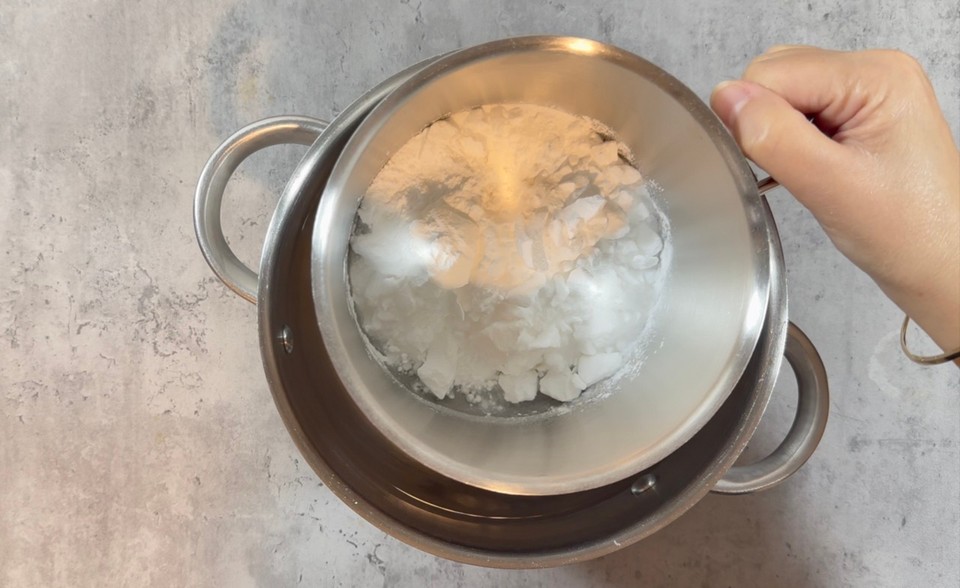
- In a different container, add citric acid, Nettle leaves extract, panthenol, preservative and fragrance oil. Mix to combine.
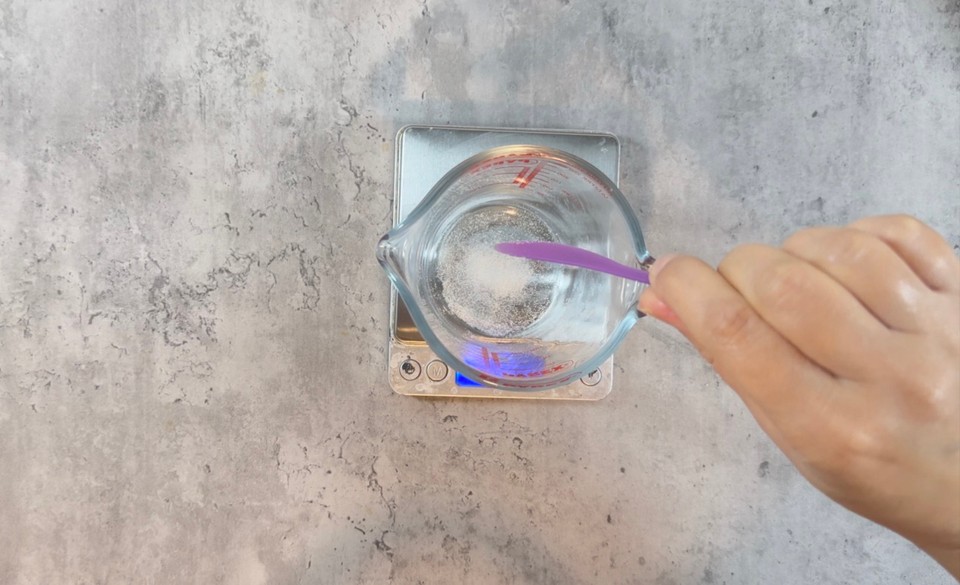
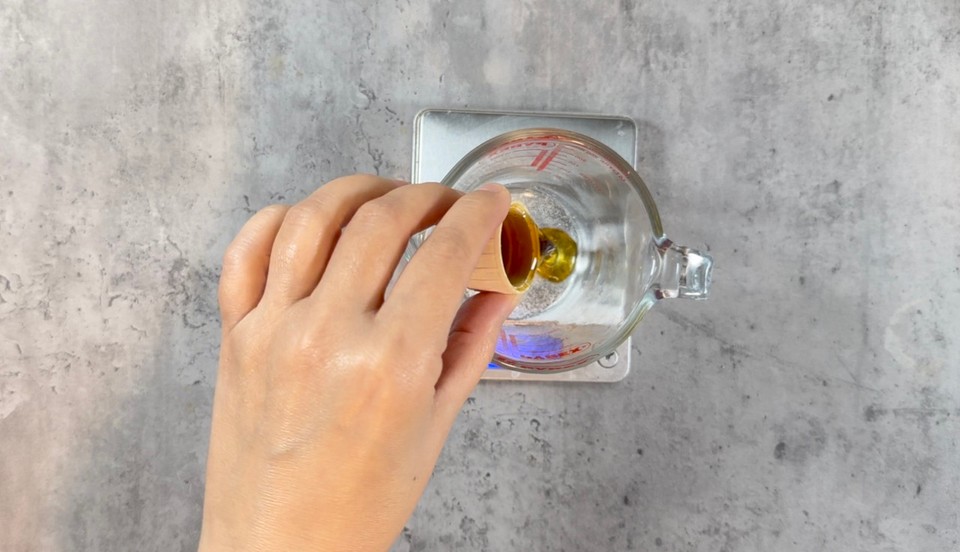
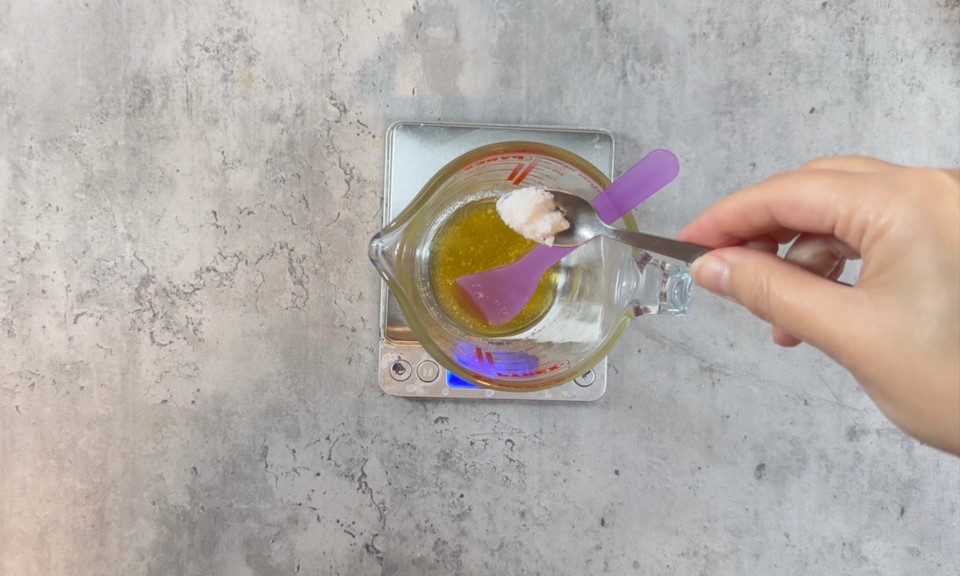

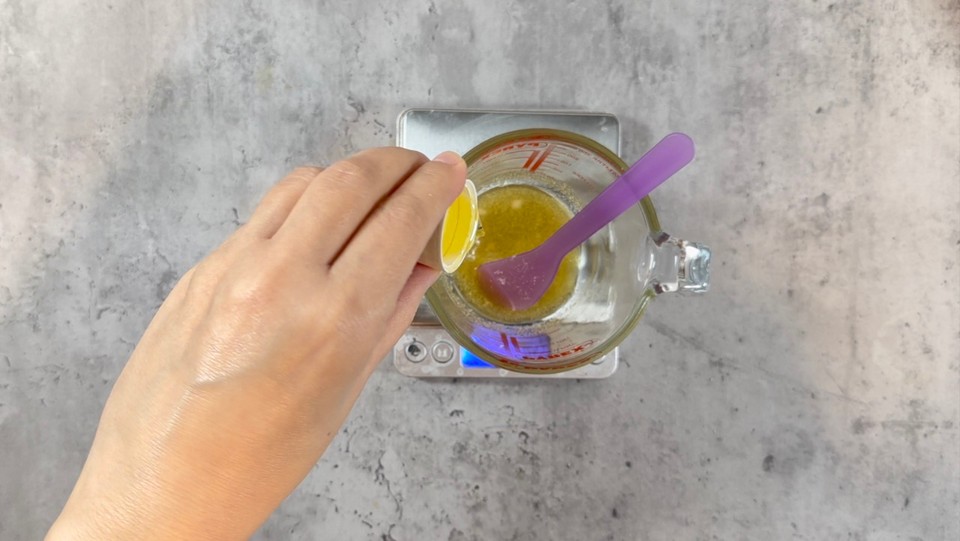

- Add the indigo powder and mix well.
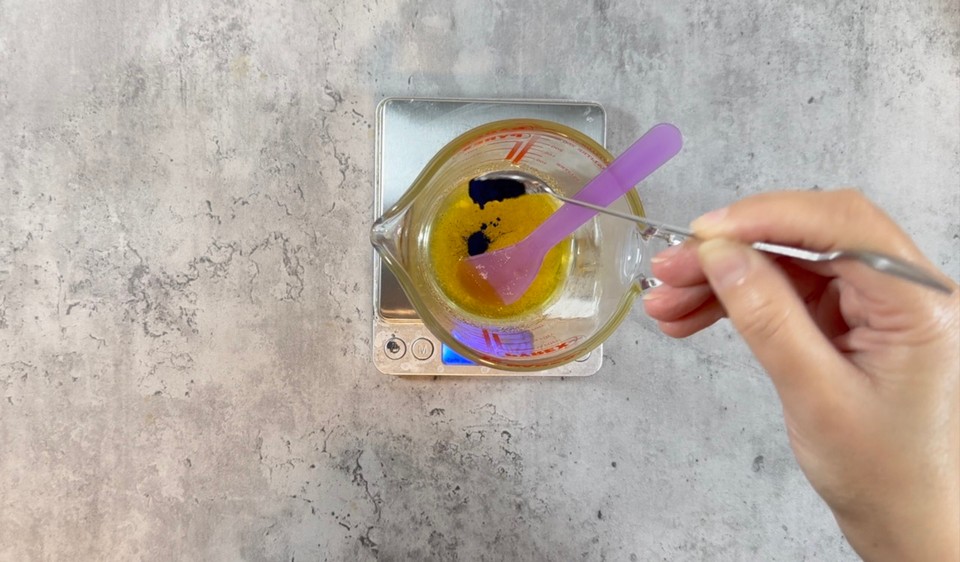
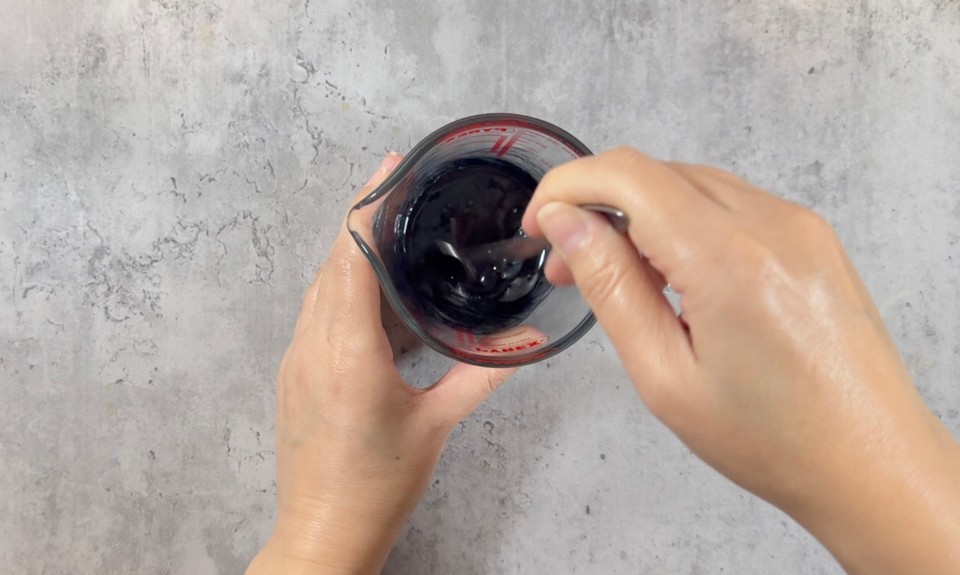
- Remove the pot from the heat. You should have a very light paste consistency.
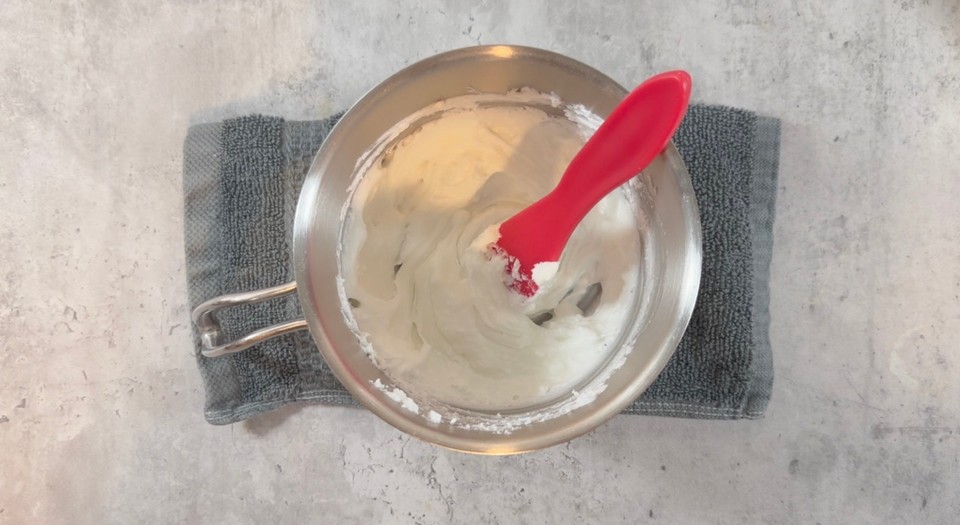
- After a few minutes, when the paste mixture is cooled, add Phase B and mix to combine.
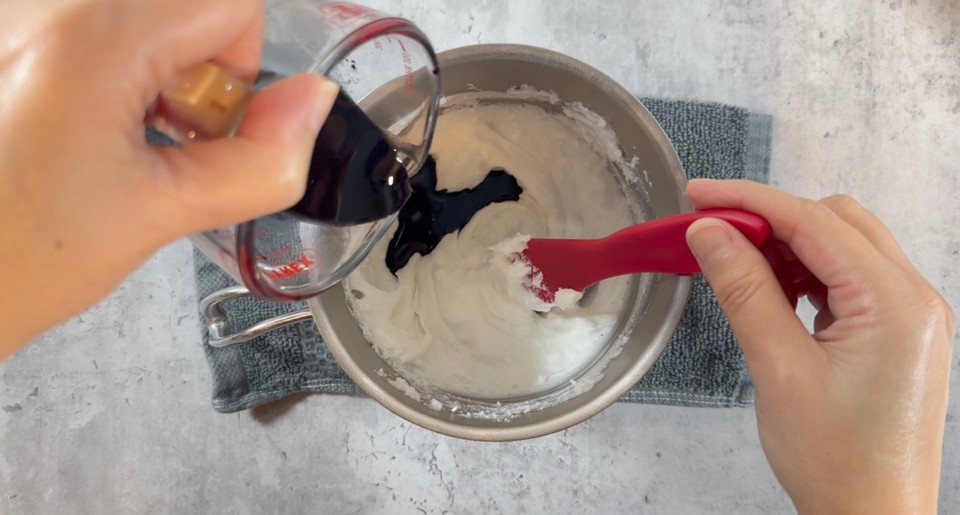

- Check the PH by mixing 1g of the batter with 9g of distilled water. If you want to adjust the PH, you can do it now while the mixture is still very fluid. To read about PH adjustments in cosmetics, check this post here. Between 5 to 5.5 will be good PH.

- Pour the batter into silicone molds and leave it for 24 hours to solidify.
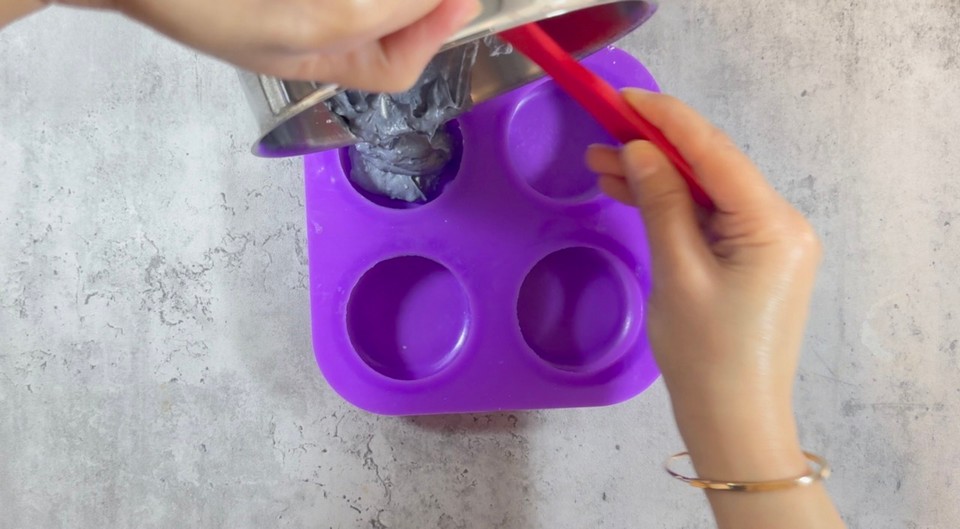
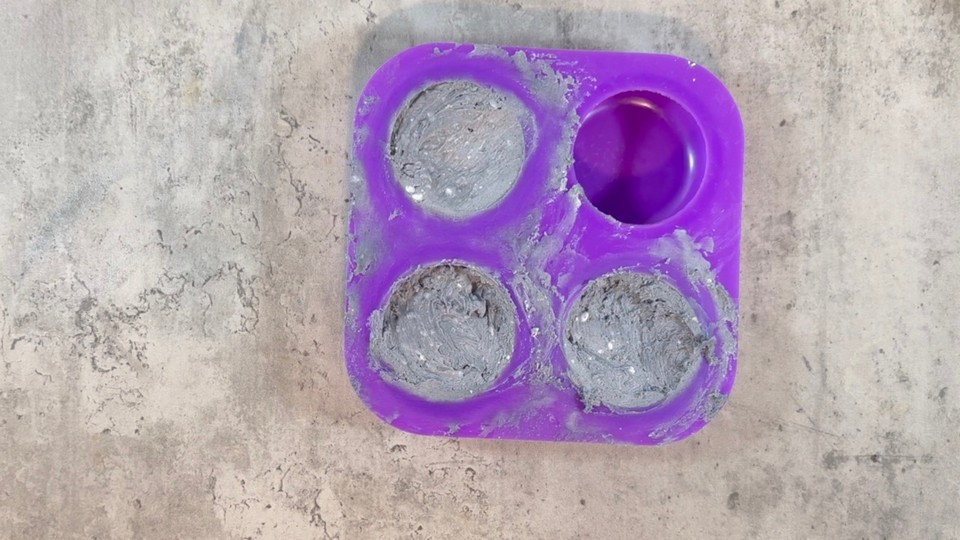
- After 24 hours, you can unmold the shampoo bars. Leave the shampoo bar for 3-5 days to cure and harden before using them.
